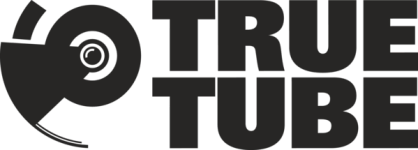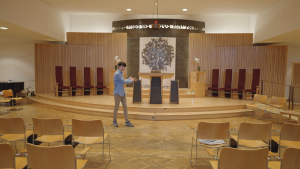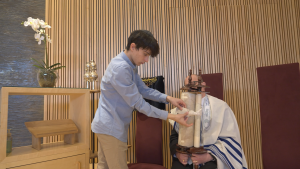Some Jews wear little leather boxes called tefillin on the head and arm when they pray. Zack demonstrates how he ties his tefillin, and explains why he wears them.
Curriculum Mapping
Component 1 - The study of religions: beliefs, teaching and practices - Judaism - The synagogue and worship. Public acts of worship including: Synagogue services in both Orthodox and Reform synagogues; The significance of prayer, including the Amidah, the standing prayer.
Area of study 2 - Section 3: Living the Jewish Life -The nature and purpose of Jewish public acts of worship: the nature, features and purpose of Jewish public worship, including interpretations of Psalms 116:12–19; the nature, features and importance of synagogue services for the Jewish community and the individual.
Component Group 1 - Judaism - Practices -Worship• The structure of the synagogue service •The importance of the synagogue, in relation to the following religious features: •• Design •• Artefacts •• Synagogue services •• The role of the synagogue within the Jewish community •• Worship in the home •• The place of worship in the home •The significance of the Ark, the Bimah, the lack of representation of G-d, the Ner Tamid and the Mikveh • The nature and importance of the Torah readings, other readings, prayers and sermons •The connection between the synagogue and the Temple • Issues related to worship and the synagogue, including the length and structure of synagogue services and different uses of Hebrew in the service • Common and divergent emphases placed on the features of a synagogue by different Jewish groups, including separating women and men in an Orthodox synagogue •Different interpretations and emphases given to sources of wisdom and authority by different Jewish groups
2.1 Unit 1 PART A - Judaism - Core beliefs, teachings and practices - Worship in the home and synagogue The importance of the synagogue: internal features- aron hakodesh (ark), ner tamid, bimah, Torah, Ten Commandments, seating Reading of the Torah during synagogue worship Diverse practices within Orthodox and Reform synagogues – worship and the role and gender of the Rabbi The importance of the home for worship in Judaism: challenges and benefits of observing Shabbat (Exodus 20:8-10)
Component 3 (Route A) - Option 4: Judaism - Practices - The Synagogue ➢ Features of different synagogues in Britain: significance of bimah, aron hakodesh, Torah scrolls, ner tamid, seating, minyan; Exodus 20:4-5
Transcript
Judaism: Tefellin
Zack: These are Teffillin in sometimes called fill actuaries, which are small black leather boxes on leather straps. Kosher leather, of course. Inside these boxes, there were little scrolls containing words from the books of Deuteronomy and Exodus, written in Hebrew. Some Jews wear these on their arm and head when they pray at home in the morning. There are different ways to put them on, but this is how I do it. The first Teffillin was just one strap. Traditionally goes on my left arm, so it's close to my heart. Some Jews say that you can use your weaker arm. So it's the left if your right handed or the right if your left handed. I roll up my sleeve so I can wear that to fill in against my skin and place the box on my bicep. So it's about halfway down my upper arm and level with my heart. Then I say a blessing and wrap the strap three times around my upper arm. And then seven times around my forearm, then a few more times around my hand so I can hold it.
The head Teffillin. The one with two straps is placed just above my hairline, front and center. And the straps go behind my head. So the knot is just above the base of my skull. Now I can finish off tying the strap on my arm by wrapping it three times around my middle finger. The rest I can just wrap around my hand so it doesn't flap all over the place. The strap should be just tight enough that I can feel my pulse, but not too tight. This all goes back to a verse in the book of Deuteronomy, in which God says that his words are to be on your heart. Tie them on your hand as a sign. Put them at the front of a headband around your forehead. So many Jews do just that, while they pray to remind themselves of the importance of God's words in the Torah. In more orthodox communities. This is only done by men and boys. But in Reform Judaism, women can use them too. Although actually reform, Jews are less likely to use them when they pray. This is to symbolize that I worship God with my head and my heart, with all of me, my brains, my feelings and my actions.






